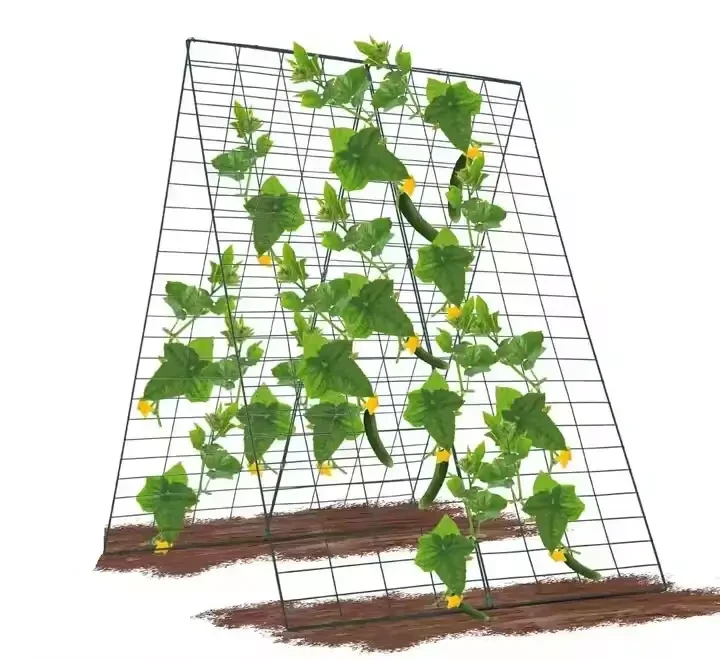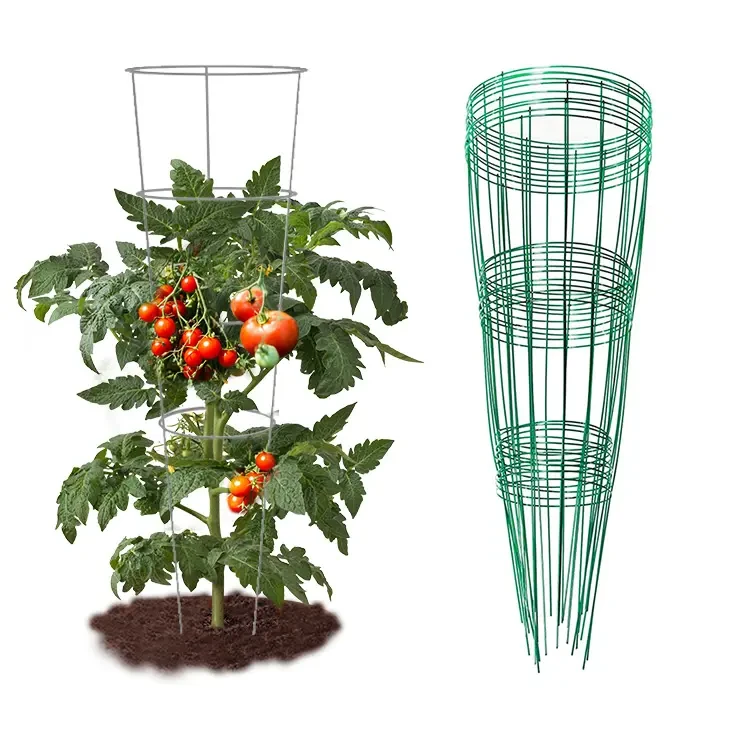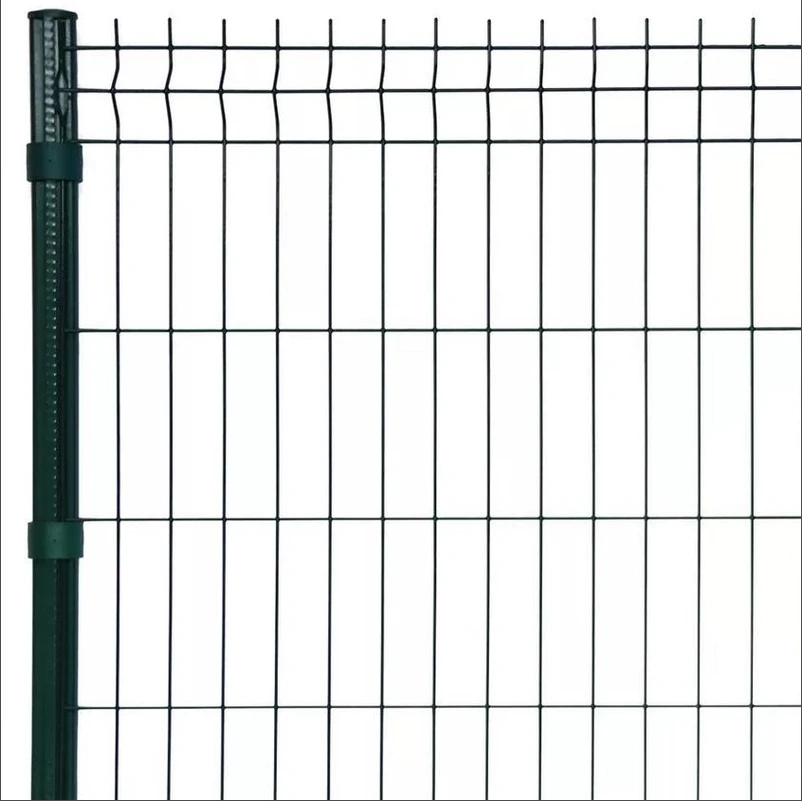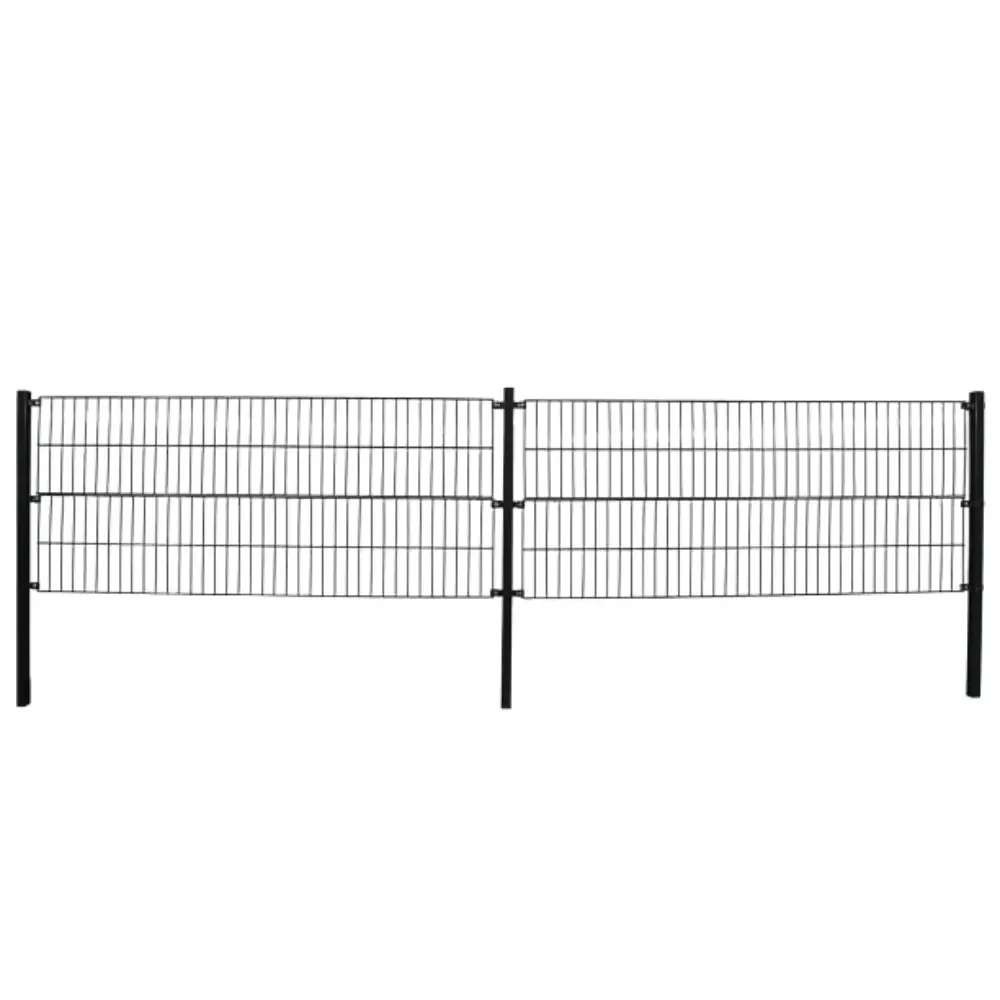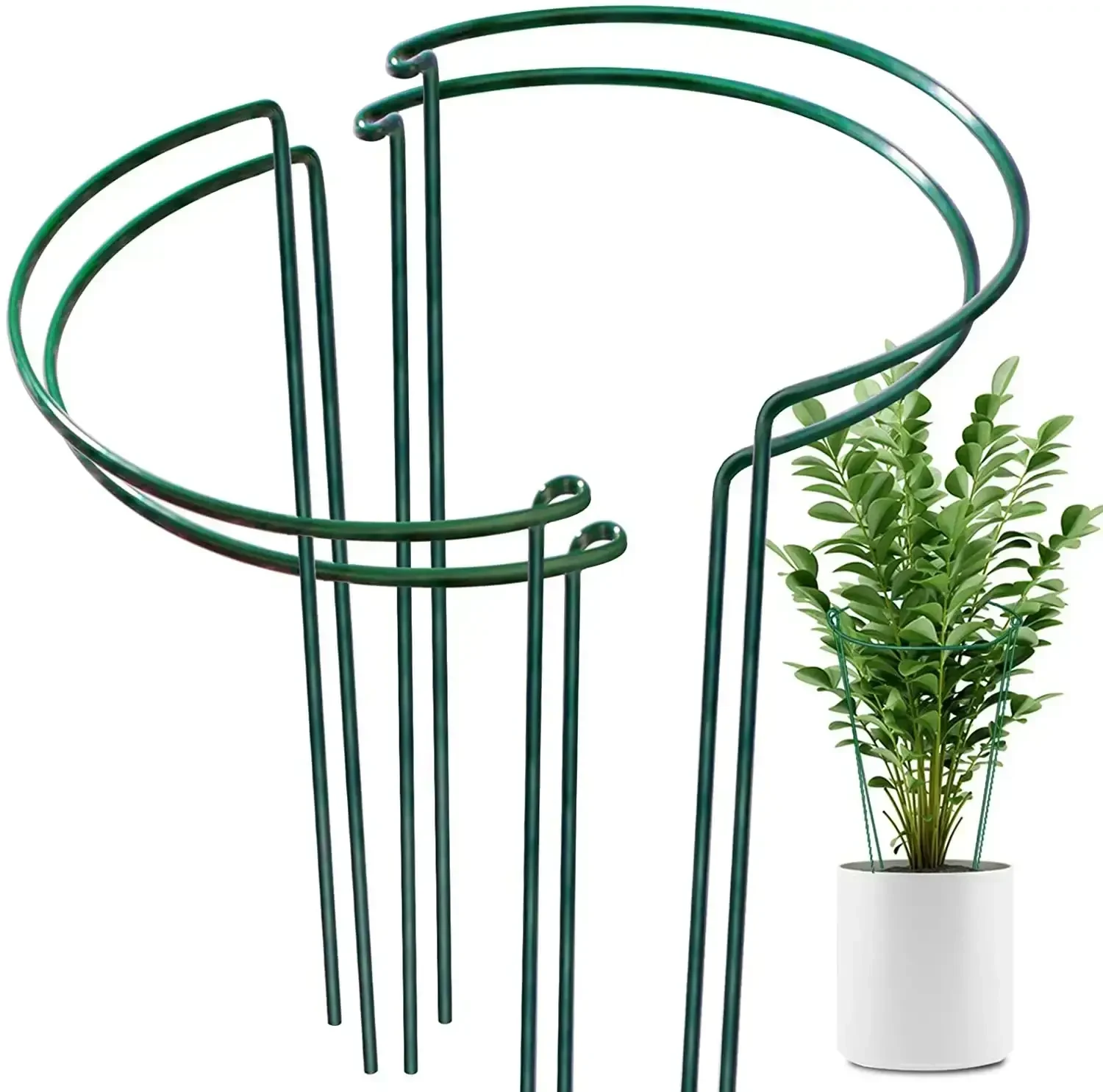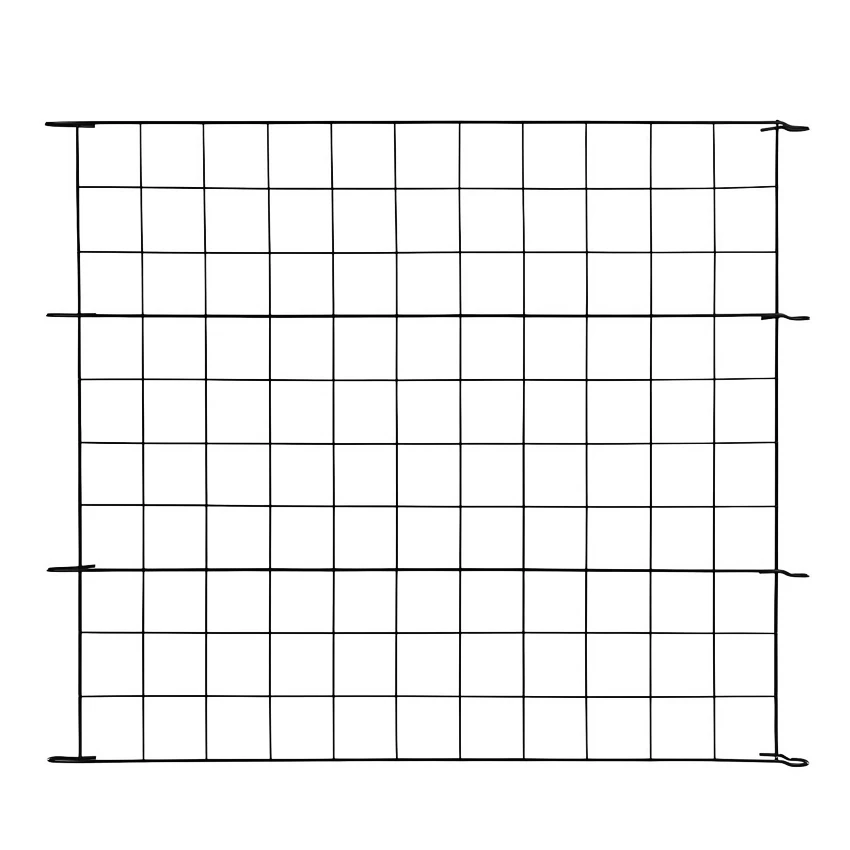-

-
 Whatsapp:+86 17732187393
Whatsapp:+86 17732187393 -


- Afrikaans
- Albanian
- Amharic
- Arabic
- Armenian
- Azerbaijani
- Basque
- Belarusian
- Bengali
- Bosnian
- Bulgarian
- Catalan
- Cebuano
- Corsican
- Croatian
- Czech
- Danish
- Dutch
- English
- Esperanto
- Estonian
- Finnish
- French
- Frisian
- Galician
- Georgian
- German
- Greek
- Gujarati
- haitian_creole
- hausa
- hawaiian
- Hebrew
- Hindi
- Miao
- Hungarian
- Icelandic
- igbo
- Indonesian
- irish
- Italian
- Japanese
- Javanese
- Kannada
- kazakh
- Khmer
- Rwandese
- Korean
- Kurdish
- Kyrgyz
- Lao
- Latin
- Latvian
- Lithuanian
- Luxembourgish
- Macedonian
- Malgashi
- Malay
- Malayalam
- Maltese
- Maori
- Marathi
- Mongolian
- Myanmar
- Nepali
- Norwegian
- Norwegian
- Occitan
- Pashto
- Persian
- Polish
- Portuguese
- Punjabi
- Romanian
- Russian
- Samoan
- scottish-gaelic
- Serbian
- Sesotho
- Shona
- Sindhi
- Sinhala
- Slovak
- Slovenian
- Somali
- Spanish
- Sundanese
- Swahili
- Swedish
- Tagalog
- Tajik
- Tamil
- Tatar
- Telugu
- Thai
- Turkish
- Turkmen
- Ukrainian
- Urdu
- Uighur
- Uzbek
- Vietnamese
- Welsh
- Bantu
- Yiddish
- Yoruba
- Zulu
The Importance of Pet Playpens for Children in Families
In modern families, the presence of pets is becoming increasingly common, and many families choose to keep pets such as cats and dogs to enrich family life and cultivate children's sense of responsibility. However, although pets can add fun to families, their behavior and habits may also pose potential threats to children. In this context, the design and use of pet playpens become particularly important. Pet fences are not only isolation tools for animal activity spaces, but also play an indispensable role in ensuring children's safety, cultivating a sense of responsibility, and promoting parent-child interaction.

Pet Playpen can effectively ensure the safety of children
Many times, children are innocent and curious about their surroundings, which can pose unexpected risks in front of pets. Especially large dogs or lively cats, they may cause harm to children due to their instinctive pouncing, jumping, and other behaviors. By setting up a pet crate cage, parents can effectively control the frequency of contact between pets and children, reduce the risk of accidents, and ensure the safety of children while playing. Fences, as a physical barrier, allow children to move freely in a worry free environment, further promoting their physical and mental development.
Pet Playpen provides children with an independent activity space and also cultivates their sense of responsibility
The cultivation of a sense of responsibility runs through every stage of children's growth, and raising pets is an effective way to lead children to understand responsibility. When the pet crate separates the activity area of pets from that of children, children can observe and take care of pets in a safe environment, learning the meaning of responsibility from it. Through practical operations such as feeding pets and clearing their territory, children gradually realize the importance of caring for and nurturing living beings. In addition, the presence of fences can reduce conflicts between family members caused by pet behavior and provide a good learning environment for children.
Pet playpens can also play a positive role in promoting parent-child interaction
In Pet Pen, parents can participate in pet care activities with their children, which not only enhances the relationship between parents and children, but also provides interactive education on opening bank accounts, pet habits, and other aspects during the process. This intimate interactive relationship helps to enhance children's social skills and cultivate their understanding and respect for others and animals. By observing and managing the behavior of pets, children will learn how to coexist harmoniously with animals, laying a solid foundation for their future social life.
In summary, the importance of pet cages for children in the family cannot be ignored. It not only creates a safe environment, but also promotes the cultivation of children's sense of responsibility and strengthens the interactive relationship between parents and children. With the popularization of family pet culture, setting up reasonable pet fences will provide guarantees for children's healthy growth and help them experience the true meaning of care and love in their studies. In the increasingly complex modern society, parents should make full use of this tool to create a more harmonious and safe environment for their children's growth.
-
The Unrivaled Elegance and EfficiencyNewsJul.17,2025
-
Protecting Vegetables Using a Sturdy Wire Garden FenceNewsJul.17,2025
-
Metal Tall Plant Supports for DurabilityNewsJul.17,2025
-
Metal Dog Playpen Long-Term ReliabilityNewsJul.17,2025
-
Large Single Gate in Agricultural SettingsNewsJul.17,2025
-
Large Garden Gates Enhancing Property SecurityNewsJul.17,2025
